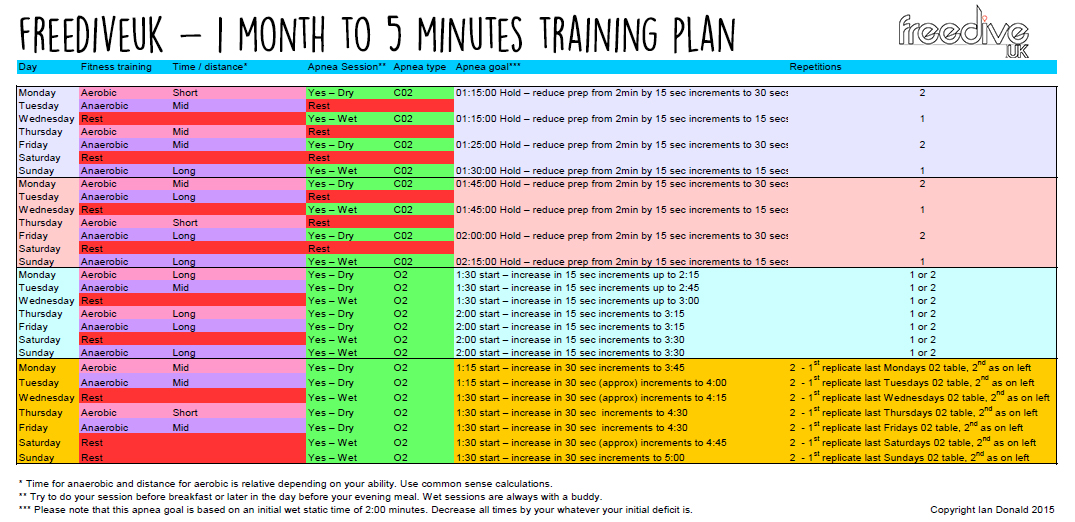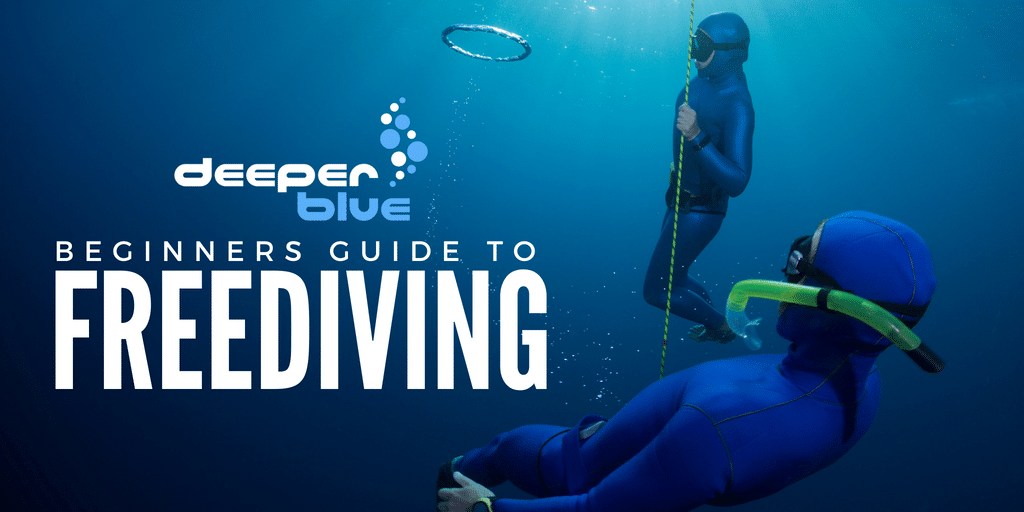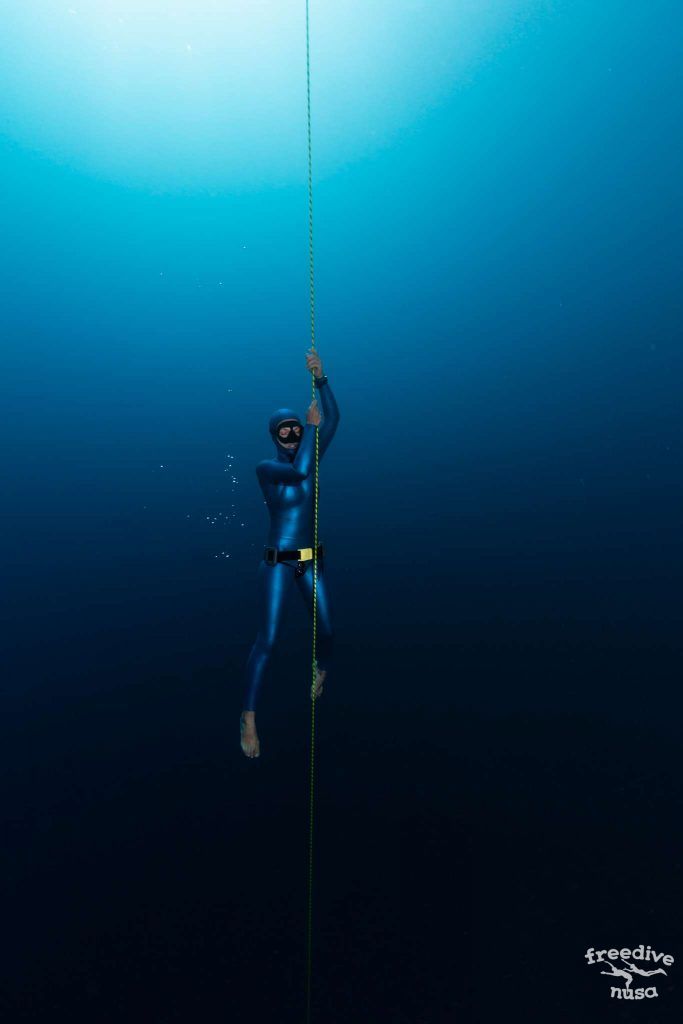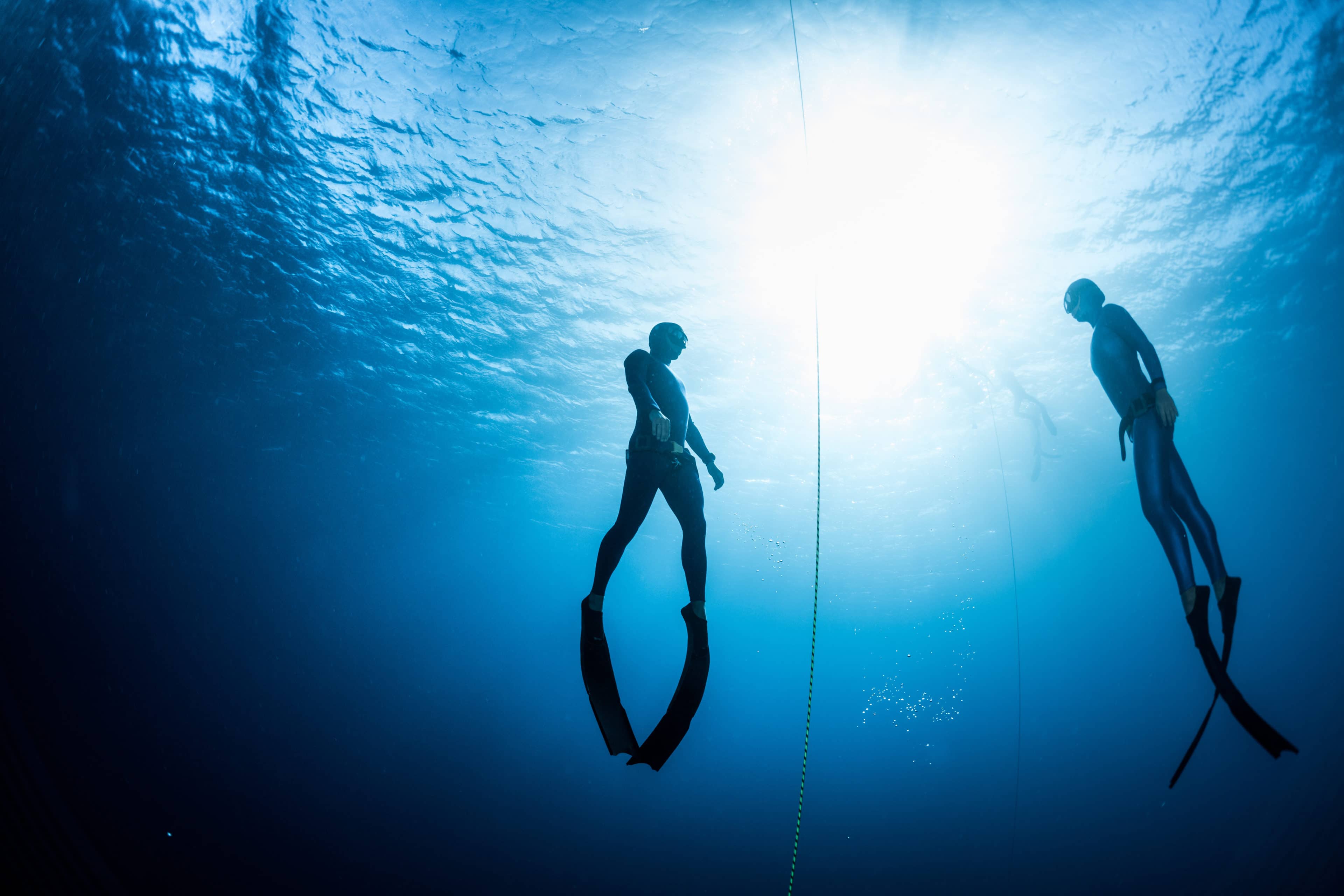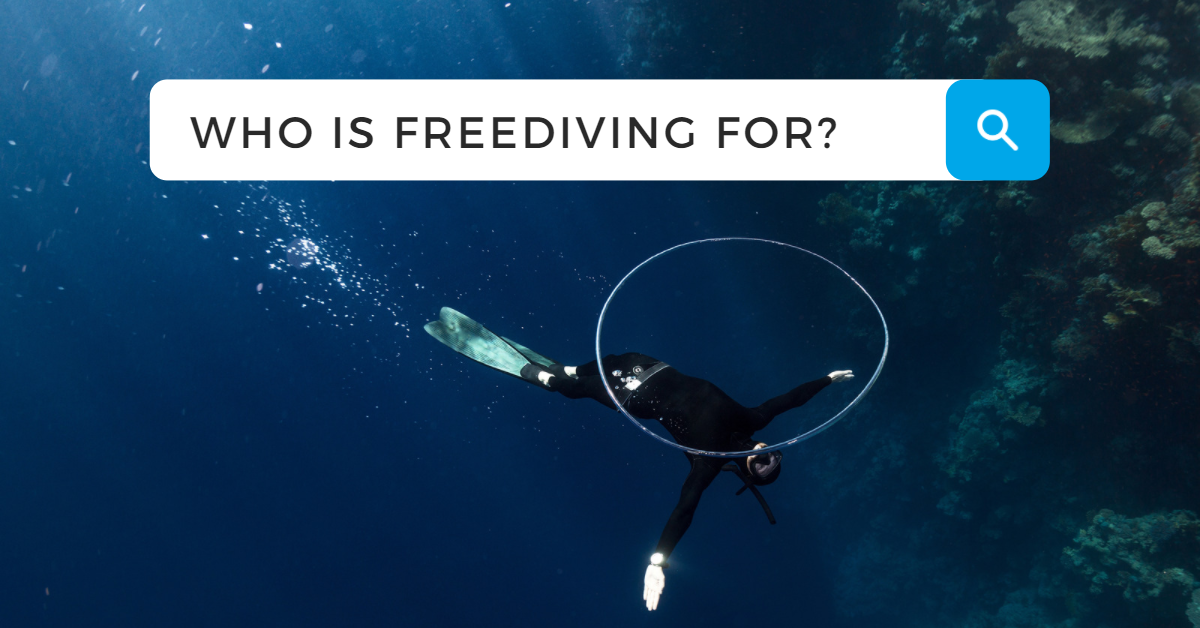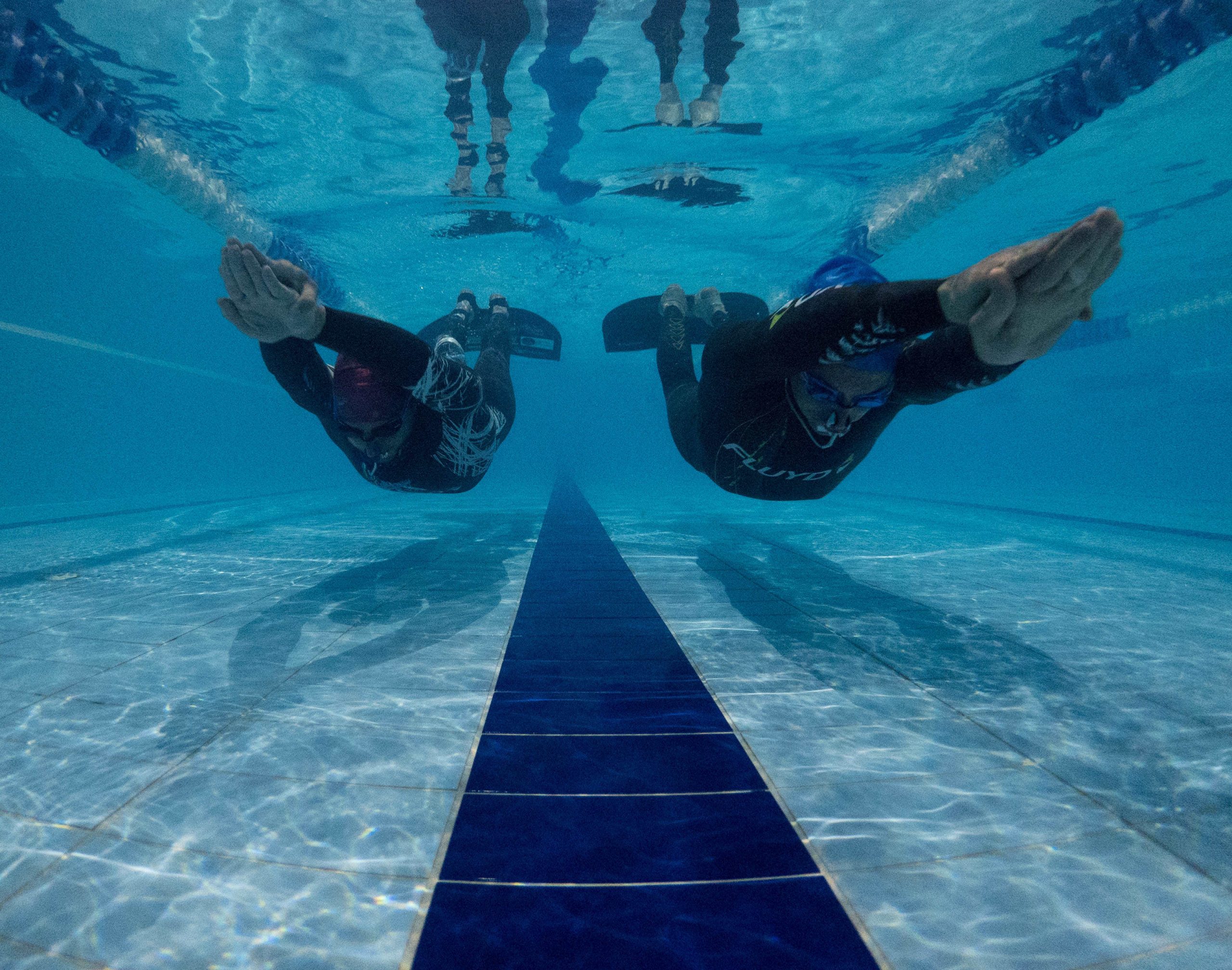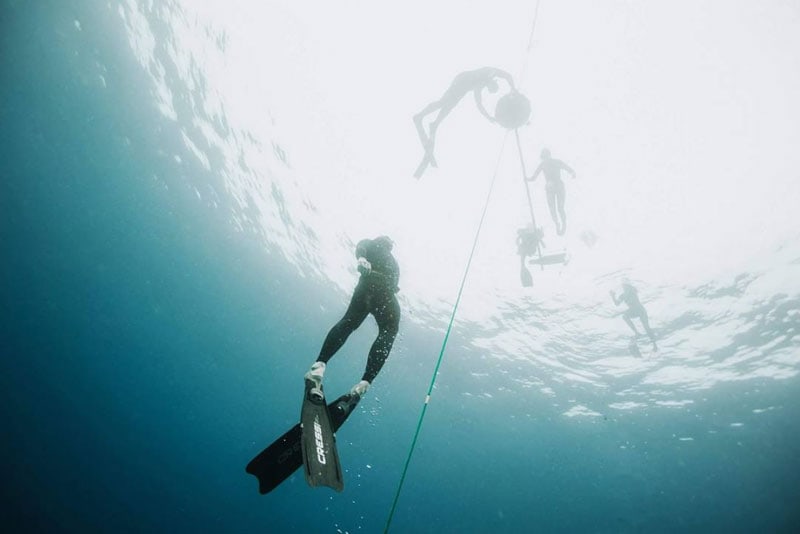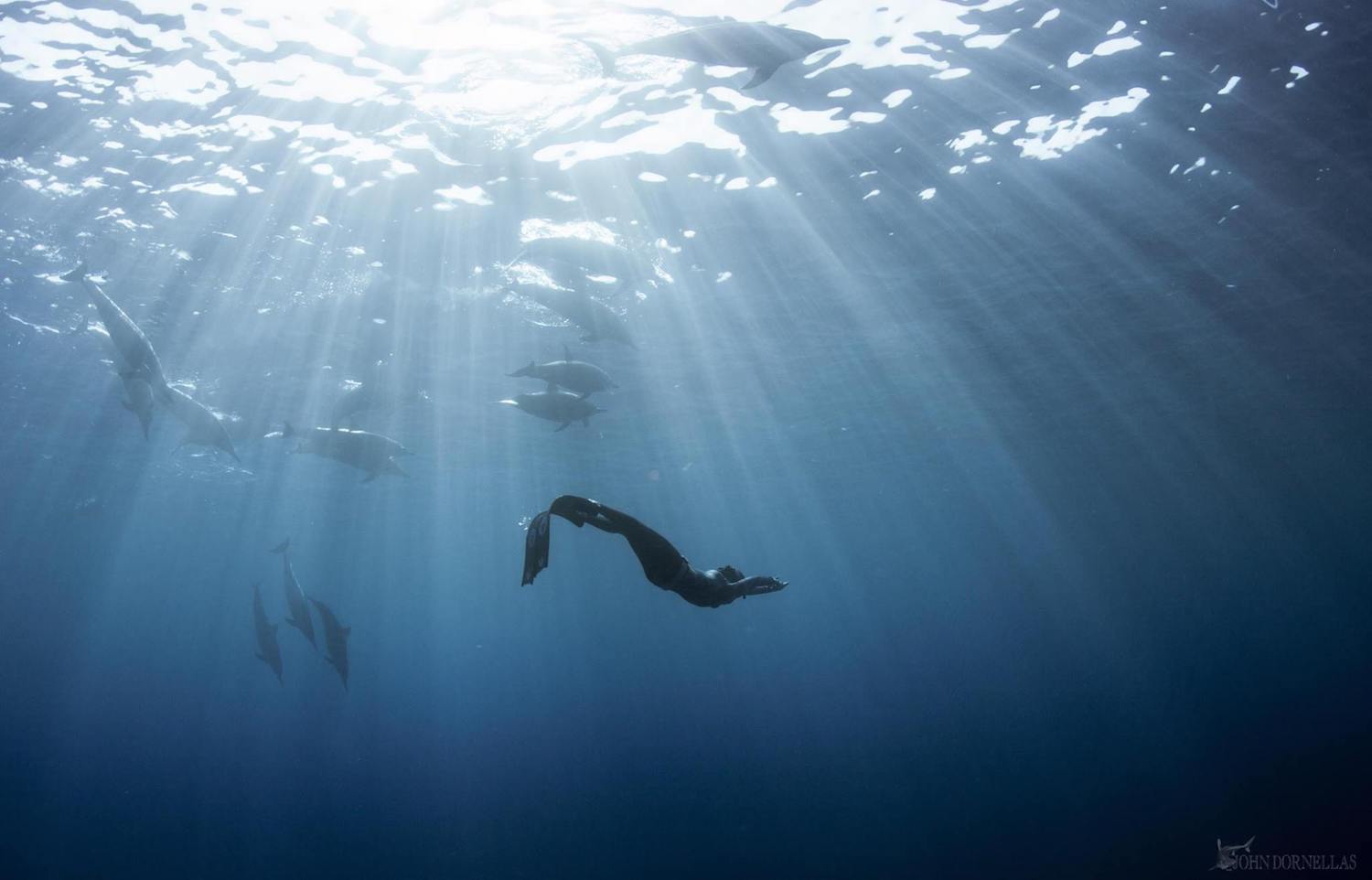Beautiful Info About How To Improve Free Diving
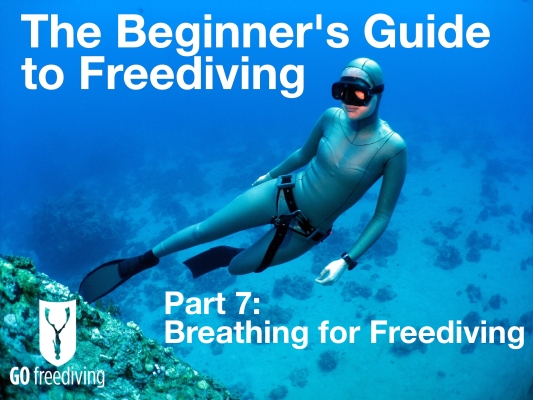
This allows you to use your hamstrings to finish the motion.
How to improve free diving. When the muscles are active in the absence of breath, both lactic acid and carbon dioxide accumulate rapidly within. So here are my top 5 freediving tips and techniques. No matter how good you are at distracting yourself, as you approach your limit the natural contractions urging you to breathe will no doubt get more violent.
Close off your epiglottis, then while leaning forward, try to draw a breath in against your closed epiglottis. Needing to breathe isn’t triggered by. 2 best exercises for freediving preparation 2.1 dry static apnea 2.2 wet static apnea 2.3 dynamic apnea 2.4 cardio 2.5 mental resilience 3 is freediving a good workout?
4 is cardio good for. Then, dump a few large bags of ice into the water and wait a few minutes for the temperature of the water to lower. Once you’re ready, submerge your body into the ice water all the way up to.
Count the contractions in your diaphragm. Dry training is many times safer than wet training. During the back kick, you are going to bend your knees.
Practice holding your breath whether you are in the water or on dry land, you. I spent a huge chunk of my time learning to freedive and trying to get. Never dive alone, always dive with an apnea and rescue trained buddy.
And so we went through the basics of freediving 101: This will draw your abdomen in and up, stretching your diaphragm. One of the greatest things about freediving is that you don’t actually need to be by the ocean to improve your breath hold.

